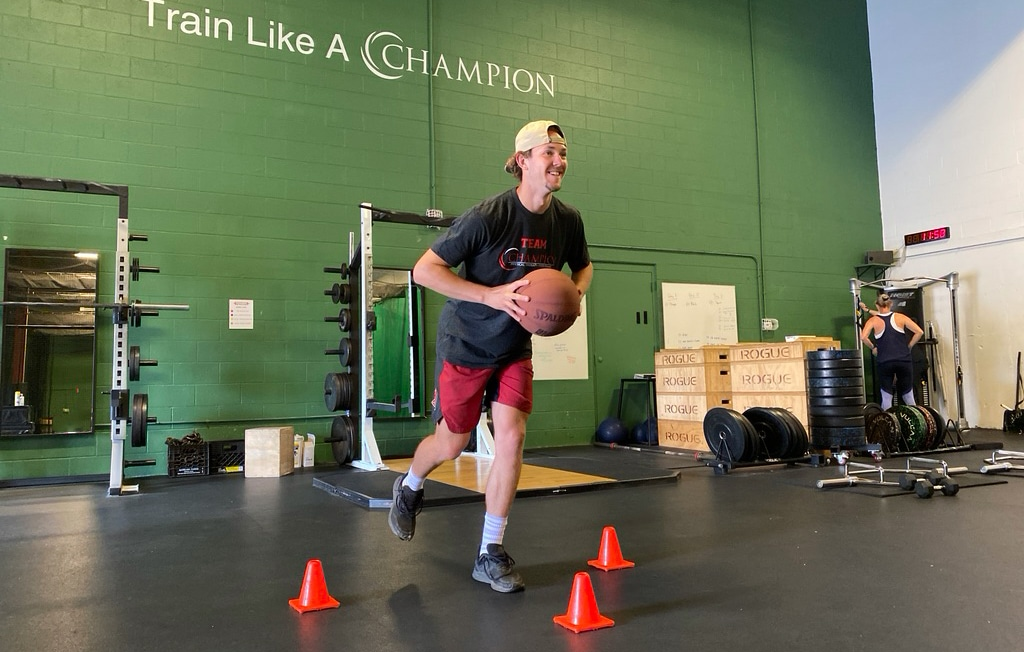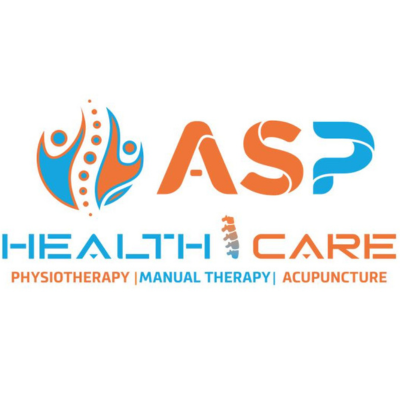+918042757363

This is your website preview.
Currently it only shows your basic business info. Start adding relevant business details such as description, images and products or services to gain your customers attention by using Boost 360 android app / iOS App / web portal.
ACL rehabilitation clinic in Ambattur ACL (ant...

ACL rehabilitation clinic in Ambattur ACL (anterior cruciate ligament) rehabilitation is a structured and progressive process designed to restore strength, stability, range of motion, and function to the knee following ACL injury or surgery. The anterior cruciate ligament is one of the major ligaments in the knee and is commonly injured during sports activities or traumatic events. Here are the key components of ACL rehabilitation: Early Phase (Acute Phase): Control swelling and pain through rest, ice, compression, and elevation (RICE). Begin gentle range of motion exercises to prevent stiffness and regain knee mobility. Strengthen the surrounding muscles, including quadriceps, hamstrings, calf muscles, and hip muscles, using isometric exercises and low-impact activities. Focus on restoring normal gait pattern and weight-bearing as tolerated. Intermediate Phase (Subacute Phase): Progressively increase range of motion exercises to improve flexibility and reduce stiffness. Initiate closed kinetic chain exercises, such as leg presses and squats, to improve lower limb strength and stability. Incorporate proprioceptive and balance exercises to enhance neuromuscular control and joint stability. Introduce cardiovascular conditioning exercises, such as stationary biking or swimming, to improve overall fitness levels without stressing the knee joint excessively. Late Phase (Advanced Phase): Advance strengthening exercises to include more functional and sport-specific movements, such as lunges, single-leg squats, and plyometrics. Focus on improving dynamic stability, agility, and coordination through sport-specific drills and exercises. Gradually reintroduce running, cutting, jumping, and pivoting activities under the supervision of a physical therapist or athletic trainer. Emphasize proper biomechanics and technique to reduce the risk of re-injury and improve performance. Monitor progress closely and adjust the rehabilitation program based on individual goals, functional limitations, and readiness to return to sport. Return-to-Sport Phase: Implement a gradual and systematic return-to-sport protocol that includes sport-specific drills, simulated game situations, and controlled scrimmages. Ensure adequate strength, stability, proprioception, and confidence before allowing the individual to return to full sports participation. Emphasize injury prevention strategies, such as neuromuscular training, proper warm-up, and cool-down routines, to minimize the risk of future ACL injuries.

